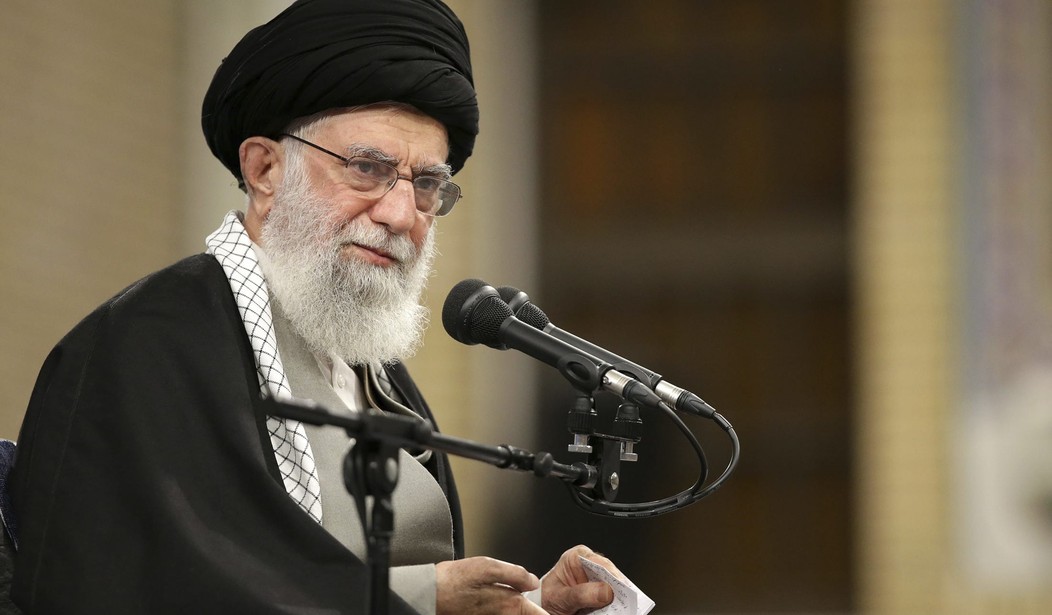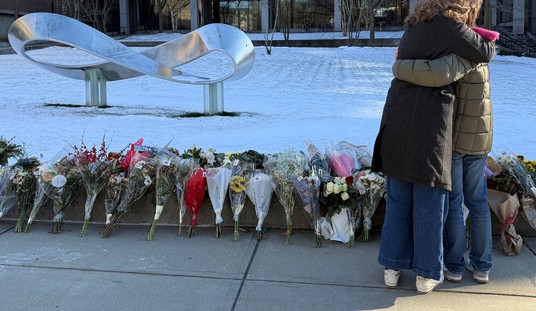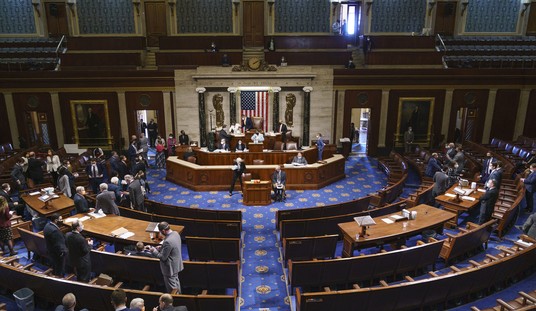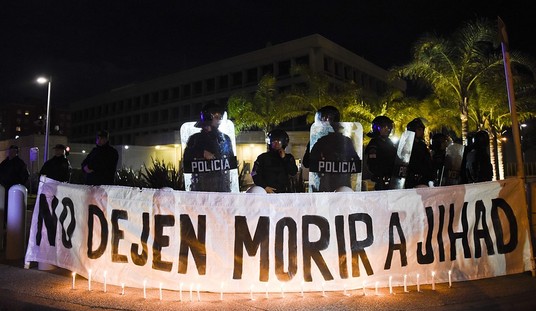Iranian sociologists are talking about the formation of a new social class in Iranian society, dubbed the “vertical class.” This has led to the fact that some key developments in Iran, especially after the 2019 uprising, cannot be sufficiently explored by prevailing sociological analyses.
The Iranian regime’s ideology is based on medieval religious dogmas that are incompatible with modern science and progressive thought. This is not to say that Tehran does not exploit scientific advancements for its own parochial and ominous objectives. At the same time, in order to impose itself on the world of the 21st century, it continues to create crises and chaos in order to extract concessions and survive. This conduct has had significant impact on the socio-economic fabric and modes of class formation inside the country.
Starting in 1979, certain social classes usurped power, primarily from the ranks of shanty town dwellers. They had no discernible role in domestic and national production and industry. Therefore, disruption of production did not have adverse impacts on the set of their socio-economic interests. Their means of survival in power was to impose themselves through suppression at home and triggering various forms of conflicts abroad.
For example, the Iran-Iraq war cost Iran more than one trillion dollars but advanced the ruling establishment’s interests because it allowed them to use the war as a pretext for domestic suppression.
The regime uses systematic corruption and nepotism to plunder the country’s wealth. This has led to unprecedented levels of poverty and the near-obliteration of the middle class. And, astronomical imports from China and other countries have all but destroyed domestic production. Even agriculture has not been spared and is at the point of total destruction.
The thinning of the ranks of the middle class was especially rapid during the presidency of Mahmoud Ahmadinejad (2005 to 2013).
In addition, the remains of the middle class lost its social character and felt betrayed. As such, it is still looking to move back up, which explains why it has been defined as a “vertical class.”
The vertical class is full of disaffection and thus energy and motivation for change. Whenever a portion of it is affected by an external factor, for example the tripling of gasoline prices in November, the energy and dissatisfaction are immediately transmitted, motivating all remaining parts to also react and express their anger. The people have lost all hope in the status quo and are in dire need of change.
During the 2017 and 2019 uprisings, protests spread rapidly throughout the country. But in 2019 there was an important difference. In 2017, the main driver was the bankruptcy of credit bureaus and the loss of assets of a part of society that also affected a part of this vertical class. But the gasoline price hike in 2019 impacted a wider segment of the vertical class, acting as a spark that ignited the social explosion.
From 2000 to 2010, there was an explosion of civil disobedience in Iranian society, which affected everything from changes in the family to gender roles. As a result, the regime increased its suppression. It arrested large numbers of young people not respecting its obligatory dress codes, for example.
When the price of participating in such civil disobedience could be imprisonment or even death, people’s anger gets bottled up, awaiting a spark in the form of uprisings. It is then that young and old generations fill the streets and chant against the ruling regime.
There has been a series of street protests since the 1999 student movement, which have grown to become more intense in their targeting of the regime. The 2019 protests, for example, targeted hundreds of regime centers of plunder and suppression, and people directly called for the overthrow and downfall of the regime’s supreme leader, Ali Khamenei. This was a marked shift from the more tame 2009 protests. Judging by that trend, Iranian society is again on the brink of a major outburst of anger.
The coronavirus spread can delay that outburst, and the Iranian regime knows it. Both Khamenei and President Rouhani have described the coronavirus spread as an “opportunity” for their regime.
Knowing the potential magnitude of a future uprising, the regime has to choose between a bad and a worse option. It is extremely weak and does not have too many options for survival.
If a quarantine were to be imposed, more than two-thirds of the population living under the poverty line would essentially rebel, with nothing to lose. And if quarantine measures are not implemented, it is estimated that one to two million people would lose their lives to the virus. The regime is hoping that the latter option is better because many people die and the threat of a large social explosion facilitated by a mix of quarantine and poverty can be avoided. But, all indications regarding the “vertical class” point to the fact that the regime cannot hold off another more fatal uprising for too long.









Join the conversation as a VIP Member